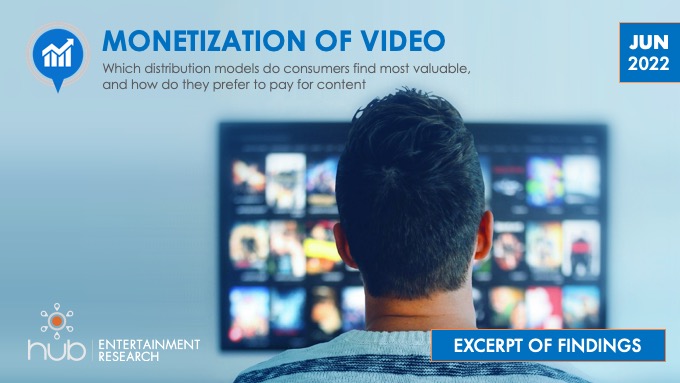At one point in the evolution of the modern TV ecosystem, it looked like the industry was moving toward a single pay model: all-you-can-eat, ad-free, subscription-based service—in large part thanks to the rapid growth of platforms like Netflix. But as with just about everything else in this new “change-is-the-only-constant” TV environment, things didn’t quite pan out that way.
With ad-free streaming services regularly increasing their prices, free ad-supported services—including FASTs like Pluto TV and the Roku Channel—started to gain traction. Suddenly, consumers began embracing the idea that ads in TV shows aren’t a necessarily evil, but can actually benefit them—by lowering or eliminating subscription fees.
The growing popularity of FASTs led more and more streaming services to start offering hybrid pay models, such as ad-supported AVODs—with both lower ad loads than traditional linear TV and lower monthly fees than traditional SVODs. And as we’ve seen in our recent research, ad-supported tiers of streaming services have rapidly grown in popularity.
Hub’s annual Monetizing Video study tracks how consumers navigate these changing pay-model alternatives. In particular, the study explores which models viewers prefer and which services they feel offer the strongest value.
In the end, the study is designed to help companies better understand how consumers evaluate their provider choices, and specifically what makes one provider more valuable to them than others.
Source: Interviews with 1,610 U.S. consumers age 16-74 who watch a minimum of 1 hour of TV per week.
